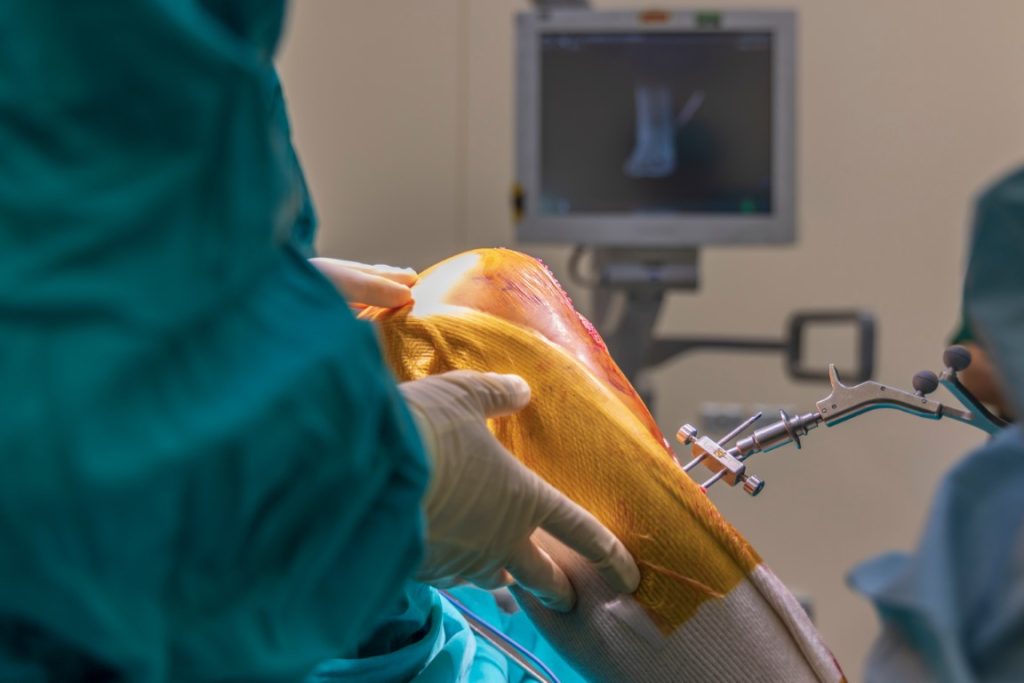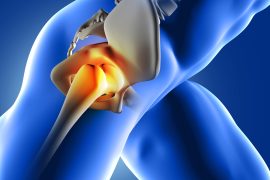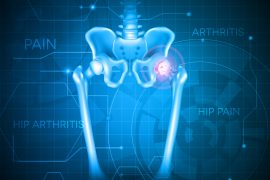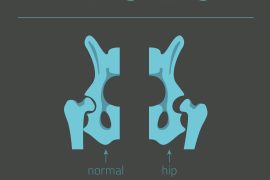Introduction
Joint pain is a common condition affecting many people at some point in their lives. It can also be a symptom of other conditions. The causes of joint pain vary from person to person and often depend on the specific joint involved. Painful joints are usually caused by overuse, injury, or inflammation. Treating joint pain requires addressing the underlying cause and reducing any aggravating factors that could lead to further problems in the future.
What is joint pain?
The medical term for joint pain is arthralgia and must not be confused with arthritis (means inflammation of the joint). Joint pain is a generalized discomfort in the joints. It is generally felt in the joints and surrounding tissues such as muscles. The joints most commonly affected by joint pain are the hip, knee, and shoulder joints. The intensity and duration of joint pain can be influenced by genetics, age, gender, and lifestyle (such as diet and exercise).
Kinds of joint pain
There are 3 categories of joint pain, namely the following,
1. Non-displaced pain – The most common type of joint pain affecting around 70% of the population is non-displaced joint pain. It occurs due to wear and tear of the joint, injury, or arthritis and is often a result of ageing.
2. Displaced, subluxation and pathologic joint pain – Displaced pain is pain that is located outside of the joint. Subluxation is joint pain that results from the abnormal movement of the joint, and pathologic pain is pain that is caused by an underlying disease and typically results from inflammation.
3. No joint pain – Joint pain that does not have a specific cause is known as “no joint pain.” It is uncommon and can occur due to systemic diseases such as kidney stones or hormonal changes.
Causes of Joint pain
The possible causes of joint pain will depend on age and activity. The joint pain reasons in children will differ from the causes of joint pain in adults. The commons causes are
1. Overuse or repetitive joint movements – Over time, the muscles around a joint can become weak or damaged. This can lead to joint pain due to the inflammation that the damaged muscles try to repair themselves.
2. Articular cartilage damage – Overuse and repetitive movements can damage the cartilage in the joints, leading to pain and inflammation.
3. Muscular injuries – Unintentional or overexercised muscles can become too tight, causing pain and signals to the brain.
4. Arthritis – Joint inflammation is the common cause of joint pain. It can occur due to an injury, joint damage, or an underlying disease such as arthritis.
5. Infectious diseases – Joint inflammation caused by an infection can occur due to an existing injury, damage to the joint, or a viral infection like COVID.
6. Congenital joint abnormalities – Joint abnormalities at birth (congenital) can lead to pain and disability.
Symptoms of Joint Pain
The symptoms of joint pain depend on the cause of the pain. The symptoms of joint pain can vary depending on the person but may include:
1. Swelling – This is a common symptom of joint pain and accompanies periods of inflammation.
2. Pain – Joint pain is the most common symptom of joint inflammation.
3. Weakness – Joint pain can also result in muscle weakness, preventing the person from performing joint-related activities such as walking or standing.
4. Reduced range of motion – Joint pain can restrict joint movement, preventing full movement in the joint.
Risk Factors of Joint Pain
The factors that can increase one’s risk of developing joint pain include:
1. Overuse or repetitive joint movements – Overuse of a joint can damage muscles and ligaments that support the joint. This can result in pain and reduced joint movement.
2. Age – As people age, their joints become more susceptible to damage and inflammation, causing joint pain.
3. Injury – Joint damage can also cause joint pain.
4. Arthritis – People with arthritis are more likely to develop joint pain.
5. Heredity – Certain genetic conditions can predispose people to joint pain.
6. Smoking – Smoking dramatically increases the risk of developing joint pain.
Foods and activities that cause Joint Pain
The following are some foods and activities that we must avoid to curb joint pain,
1. Overeating – Excessive weight and overconsumption of certain foods are both associated with an increased risk of joint pain.
2. Lack of sleep – Sleep is essential for the repair and maintenance of the joints. Lack of sleep can lead to joint pain. Heavily exercised muscles – Exercising a joint leads to muscle damage, which can result in joint pain.
3. Back pain – Weak or injured muscles in the back can lead to back pain and joint stiffness.
4. Obesity – Excess weight can contribute to joint pain through damage to muscles and ligaments.
5. Foods – Sugar, Alcohol, Processed Food, Salt, Processed Meat, and Gluten-rich food.
Foods and activities that relieve Joint Pain
The following are some foods and activities that relieve joint pain,
1. Rest – Resting the joint after exercise or performing joint-related movements like walking.
2. Ice – Ice applied to the joint can reduce inflammation and pain by reducing swelling.
3. Heat – Warmth applied to the joint has anti-inflammatory properties, reducing pain and swelling.
4. Elevation – Keeping the joint above the heart level can prevent damage to the joint and reduce pain.
5. Gentle movements – Gentle joint movements, such as rotating the joint instead of swinging it, can prevent damage to the joint.
6. Foods – Omega 3 Fatty Acids rich foods, Nuts and Seeds, Lentils, Colourful Fruits, Whole Grains and Root Vegetables
Prevention, Treatment, and Recovery From Joint Pain
You should immediately see a doctor if you experience joint pain with swelling, redness, tenderness, and warmth around the joint. While joint pain can be frustrating and inconvenient, it is essential to remember that it is usually not a severe life-threatening health problem. It can also signify a serious underlying condition such as arthritis or covid in the backdrop of the pandemic. The underlying cause will determine the mode of treatment.
The analysis of pain will also determine the next steps like
– Losing weight (for overweight and obese patients)
– Regular exercise and physiotherapy
– Avoiding overuse or exertion of the affected joint
– Healthy nutrition
– Regular massage to help relieve the pain until resolution
-Rehabilitation exercises, medical treatment, and joint strengthening to restore joint function and prevent further damage
By taking appropriate steps to treat the underlying cause and strengthen the muscles around the joint, joint pain can be easily resolved without treatment or with medicines and some self-care. Some joint pains may require long-term treatment and involve a rheumatologist, orthopedic surgeon, or physiotherapist.
FAQs
1. What is the leading cause of joint pain?
Answer – The leading causes of joint pain are Overuse or repetitive joint movements, Articular cartilage damage, Muscular injuries, Arthritis, Infectious diseases and Congenital joint abnormalities.
2. How to stop joint pain due to age?
Answer – We can delay joint pay due to age by adopting Moderate Exercise, Adequate Rest, Healthy Nutrition and avoiding excess sugar, salt, processed food and alcohol.
3. What is the best treatment for joint pain?
Answer – The best treatment for joint pain is rest, ice, compression and elevation of the affected joint in terms of self-care.
4. What foods cause joint pain?
Answer – Sugar, Alcohol, Processed Food, Salt, Processed Meat, and Gluten-rich food.
5. What foods to avoid in joint pain?
Answer – Sugar, Alcohol, Processed Food, Salt, Processed Meat, and Gluten-rich food.
6. Will drinking water help in relieving joint pain?
Answer – There is no scientific evidence that drinking water relieves pain though it can keep the joint sufficiently hydrated to ease inflammation.
7. Is sunlight good for joint pain?
Answer – Yes, sunlight is good for joint pain. Though they don’t help reduce inflammation, they improve muscle health.





Comments are closed.